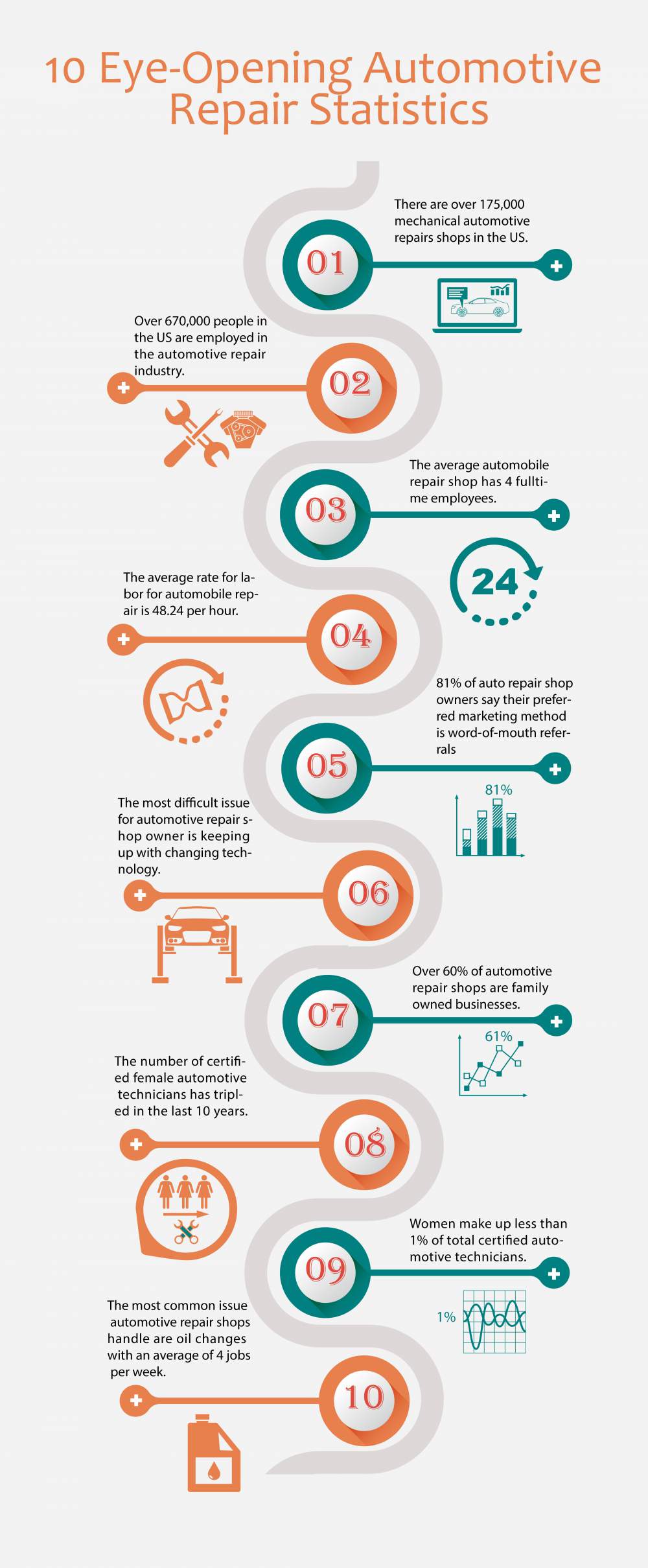Recognizing Your Car'S Warning Lights: What Do They Really Mean?
Recognizing Your Car'S Warning Lights: What Do They Really Mean?
Blog Article
Material By-Johannsen Dreier
When you're behind the wheel, those beautiful caution lights on your control panel can be a bit perplexing. Do you recognize what they're attempting to inform you regarding your vehicle's wellness? Understanding the importance of these lights is essential for your security and the longevity of your lorry. So, the following time one of those lights pops up, would not you intend to analyze its message accurately and take the essential steps to resolve it?
Common Caution Lights and Interpretations
Recognize common warning lights in your automobile and recognize their definitions to make certain risk-free driving.
The most regular caution lights consist of the check engine light, which indicates concerns with the engine or exhausts system. If this light comes on, it's vital to have your lorry inspected quickly.
The oil pressure warning light suggests reduced oil stress, requiring prompt focus to prevent engine damages.
A flashing battery light might recommend a malfunctioning billing system, potentially leaving you stranded if not dealt with.
The tire stress tracking system (TPMS) light signals you to low tire pressure, influencing automobile security and gas performance. Neglecting this might lead to hazardous driving conditions.
The ABS light indicates an issue with the anti-lock braking system, jeopardizing your capacity to quit promptly in emergencies.
Last but not least, the coolant temperature warning light warns of engine overheating, which can lead to serious damage otherwise settled quickly.
Recognizing these typical warning lights will aid you resolve issues quickly and preserve secure driving problems.
Significance of Prompt Focus
Recognizing the usual caution lights in your automobile is only the primary step; the significance of quickly addressing these cautions can not be highlighted enough to ensure your safety when traveling.
When a warning light illuminates on your dashboard, it's your car's method of communicating a possible problem that needs focus. Ignoring these warnings can lead to more severe troubles in the future, compromising your safety and security and possibly costing you extra out of commission.
Prompt focus to advising lights can stop break downs and accidents. For instance, a flashing check engine light might show a misfire that, if left unattended, can trigger damage to the catalytic converter. Resolving this immediately can save you from a costly fixing.
Likewise, a brake system warning light might indicate reduced brake liquid or worn brake pads, critical elements for your safety when driving.
DIY Troubleshooting Tips
If you observe a warning light on your dashboard, there are a few DIY troubleshooting pointers you can try before seeking expert assistance.
The primary step is to consult your vehicle's manual to comprehend what the certain warning light indicates. In https://oilchangeplacesnearme95173.blazingblog.com/31169266/prepare-for-an-in-depth-assessment-of-the-concealed-prizes-within-high-quality-car-repair-shops-that-will-alter-the-fashion-in-which-you-take-care-of-your-automobile can be as basic as a loose gas cap triggering the check engine light. Tightening https://www.consumerreports.org/car-maintenance/fall-cleanup-and-maintenance-for-your-car/ may fix the issue.
Another typical problem is a low battery, which can trigger numerous alerting lights. Checking the battery links for rust and ensuring they're secure may repair the issue.
If a caution light continues, you can try resetting it by detaching the automobile's battery for a few minutes and afterwards reconnecting it. Furthermore, examining your lorry's fluid degrees, such as oil, coolant, and brake liquid, can aid fix warning lights connected to these systems.
Verdict
To conclude, recognizing your vehicle's caution lights is important for keeping your lorry running smoothly and safely. By immediately addressing these alerts and recognizing what they indicate, you can prevent costly repairs and prospective malfunctions.
Bear in mind to consult your automobile's guidebook for particular details on each cautioning light and act accordingly to ensure a hassle-free driving experience.
Remain notified, stay secure when traveling!
